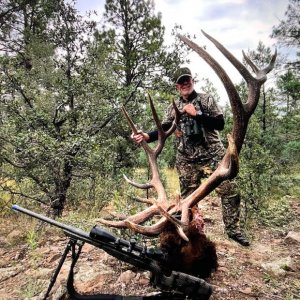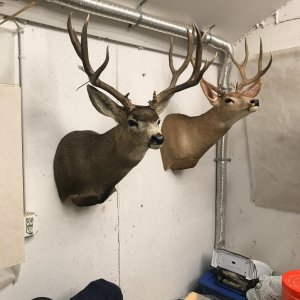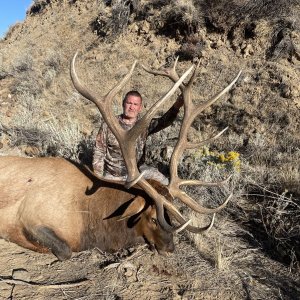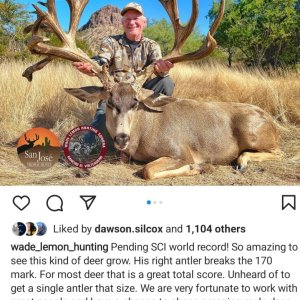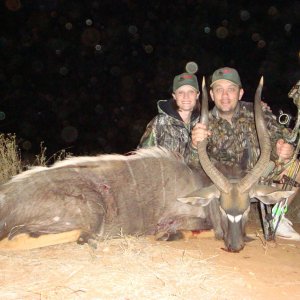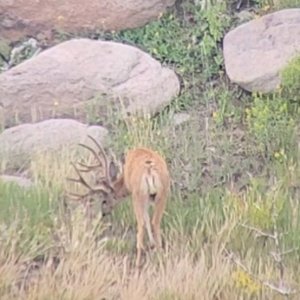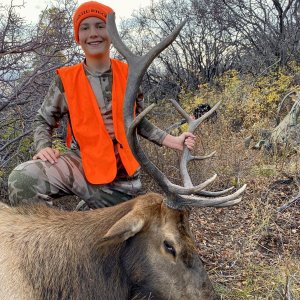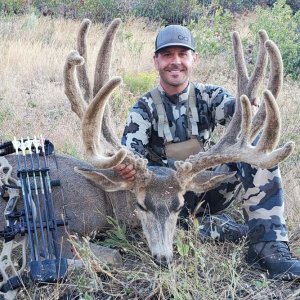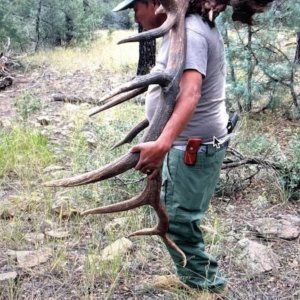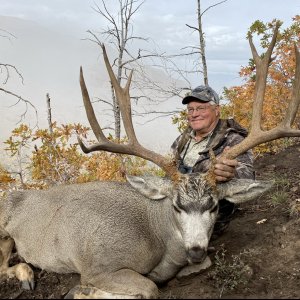WHT_MTNMAN
Active Member
- Messages
- 324
I'm looking for some general info on migration patterns and trying to find more mature bucks in this 3rd season
I have spent very little time in any states or units that have migration so I'm pretty new at the concept. I bought a unit wide tag for CO this year that is a migration unit on the western side of the state. I had the tag last year and found some decent bucks but nothing very mature at all. A few really pretty thin horned 4x4's and 3x4s I'm hoping maybe some of them made it through and will come back a year older.
1. Do bucks usually come back to the same areas during migration and the rut year after year?
2. Would it be worth sitting on isolated pockets of does waiting for a buck to show up? Or is the rut not heavy enough to waste a few days in that 3rd season.
3. If I'm lucky enough to find some deer away from some of the hunters will the rut/migration keep them moving or is there a good chance they will stay in those pockets for safety?
4. Would you find heavy migration areas and wait for the right buck? or would you search outside of the migration areas to find deer that are not as pressured?
5. Is the migration weather dependent at all? or just the time of year and rut starting?
I hope those questions make sense.
Thanks for any ideas. Thanks,
I have spent very little time in any states or units that have migration so I'm pretty new at the concept. I bought a unit wide tag for CO this year that is a migration unit on the western side of the state. I had the tag last year and found some decent bucks but nothing very mature at all. A few really pretty thin horned 4x4's and 3x4s I'm hoping maybe some of them made it through and will come back a year older.
1. Do bucks usually come back to the same areas during migration and the rut year after year?
2. Would it be worth sitting on isolated pockets of does waiting for a buck to show up? Or is the rut not heavy enough to waste a few days in that 3rd season.
3. If I'm lucky enough to find some deer away from some of the hunters will the rut/migration keep them moving or is there a good chance they will stay in those pockets for safety?
4. Would you find heavy migration areas and wait for the right buck? or would you search outside of the migration areas to find deer that are not as pressured?
5. Is the migration weather dependent at all? or just the time of year and rut starting?
I hope those questions make sense.
Thanks for any ideas. Thanks,


